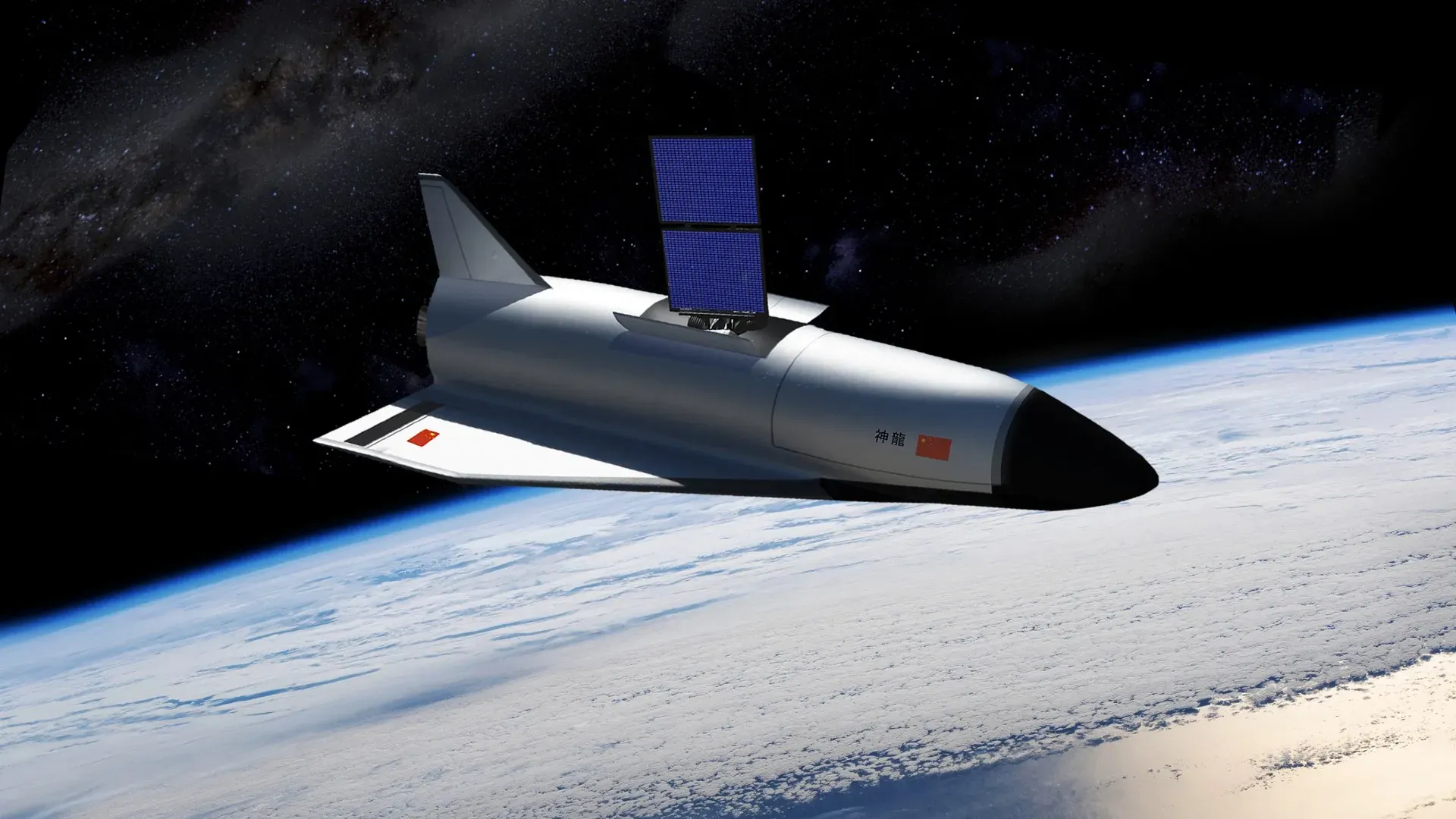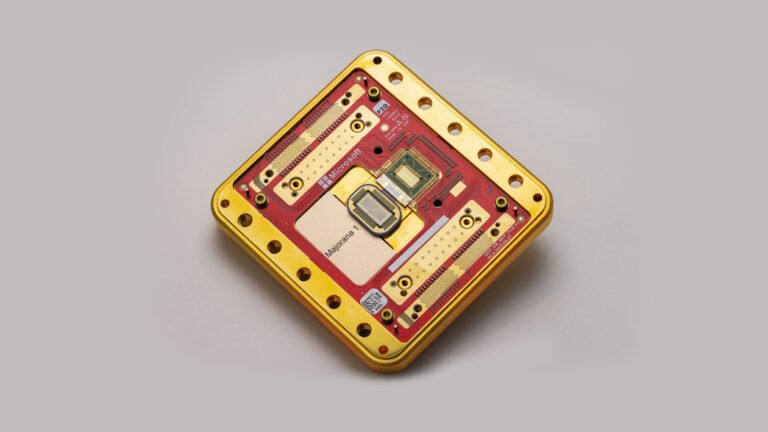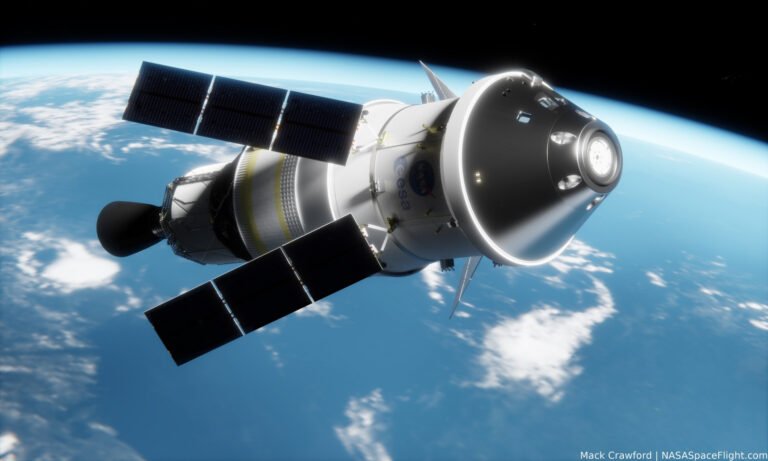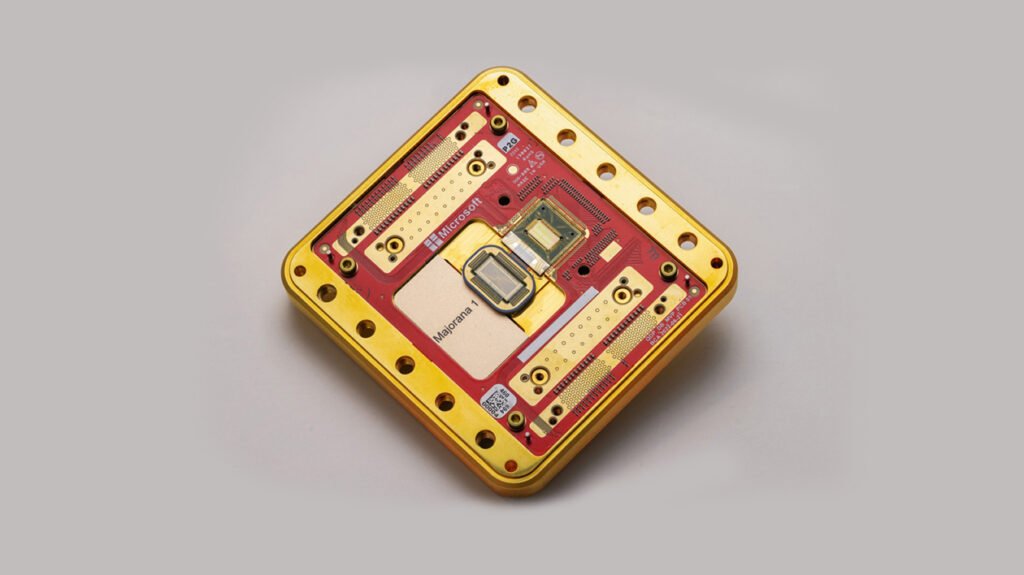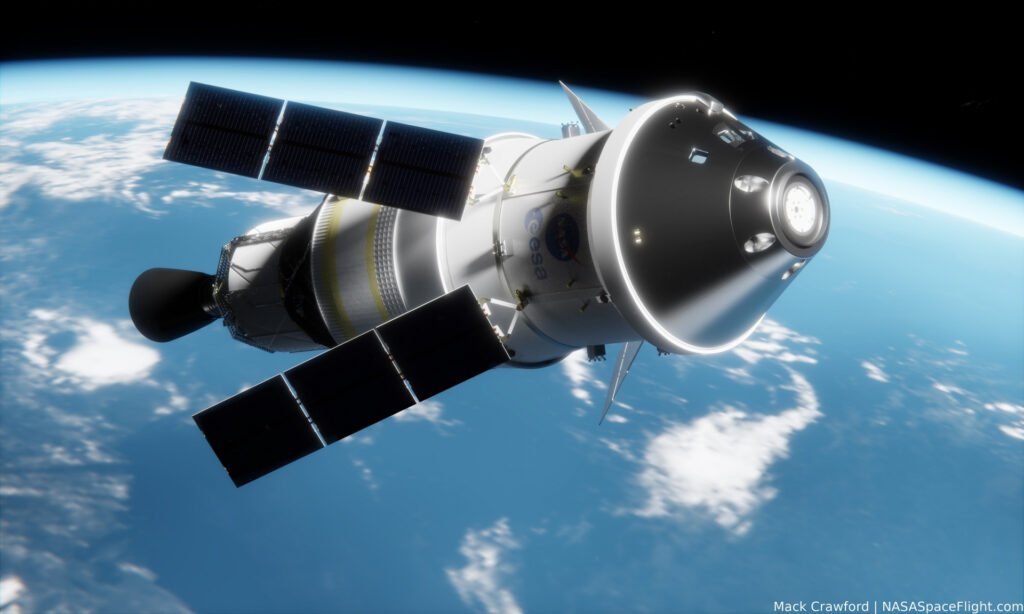The secretive world of space technology continually pushes boundaries, and China spaceplane stands as a prime example. Known unofficially as “Shenlong” (Divine Dragon), this enigmatic craft has recently garnered significant attention for its extended stays in low Earth orbit. While Beijing maintains a veil of secrecy around its missions, global observers and space agencies closely track its activities, fueling speculation about its capabilities and the future of space warfare. This ongoing mystery highlights a crucial aspect of the modern space race.
China Spaceplane: The Mystery of Shenlong’s Extended Missions
China’s reusable experimental spacecraft, widely referred to as Shenlong, exemplifies advanced aerospace capabilities. This uncrewed vehicle has now completed three orbital test missions, each demonstrating impressive endurance. Its latest flight, launched on December 14, 2023, landed on September 6, 2024, after spending 268 days in orbit. Previously, its second mission, from August 2022 to May 2023, remained aloft for an even longer period—276 days. These extended durations far exceed typical short-term experimental flights.
Beijing has provided minimal official information regarding these missions. State media generally describes the flights as tests of reusable technologies, designed to support the peaceful use of space. However, the extended orbital periods and the craft’s secretive nature strongly suggest more complex objectives. The capability of a China Spaceplane to perform such prolonged operations indicates significant advancements in its design, power systems, and operational autonomy.
Unveiling Shenlong: What We Know About the Spacecraft
Details about the Shenlong spaceplane are scarce, largely due to China’s policy of non-disclosure. Public images are rare, and official specifications remain undisclosed. Nevertheless, insights from satellite tracking and independent analyses offer some clues. The spacecraft launches vertically atop a Long March 2F rocket, the same booster used for China’s crewed Shenzhou missions. After completing its orbital tasks, it performs an autonomous horizontal landing on a runway, much like a conventional aircraft. This reusability marks a significant technological achievement.
During its missions, observers have detected the Shenlong deploying multiple unidentified objects into orbit. For instance, its most recent flight released several “mystery objects” that have since been tracked by U.S. Space Force. The purpose of these deployments is unconfirmed. They could be small satellites, experimental payloads, or even test targets for future operations. This activity further intensifies the intrigue surrounding the Shenlong program.
The Extended Mission: Why Such Long Stays in Orbit?
The prolonged orbital durations of the China Spaceplane missions—268 and 276 days—raise significant questions about their primary objectives. Such lengthy flights typically allow for extensive testing of spacecraft systems under varied conditions, long-term scientific experiments, or even reconnaissance and surveillance operations. Unlike traditional satellites, a reusable spaceplane offers the unique ability to return experiments or payloads to Earth for detailed analysis. This capability provides a distinct advantage for developing and refining cutting-edge technologies.
The ability to loiter in orbit for months on end also suggests a high degree of operational flexibility. This characteristic could prove valuable for various applications. These range from in-depth observation of specific regions to readiness for rapid deployment of instruments. Ultimately, the extended missions point towards a sophisticated platform designed for diverse and evolving roles in space.
Military Implications and Global Concerns About China Spaceplane
The inherent secrecy and advanced capabilities of the China Spaceplane have naturally led to global concern, particularly from the United States and its allies. Many analysts and defense officials suspect the Shenlong possesses dual-use capabilities—meaning it could serve both civilian and military purposes. Potential military applications include:
- Satellite Inspection/Neutralization: The ability to rendezvous with and potentially inspect or interfere with other satellites in orbit.
- Reconnaissance and Surveillance: Conducting long-duration surveillance missions from a flexible orbital platform.
- Technology Testing: Validating advanced technologies for future military spacecraft or even anti-satellite weaponry.
General Stephen Whiting, commander of U.S. Space Command, has openly stated that any Chinese space activity is assumed to have some dual use in the national security realm. This highlights the perceived threat the Shenlong represents to orbital assets and the stability of space operations.
China Spaceplane vs. Global Counterparts: The New Space Race
The Shenlong is most frequently compared to the U.S. Space Force’s X-37B Orbital Test Vehicle. The X-37B also operates as a reusable, uncrewed spaceplane, conducting highly classified, long-duration missions. Its longest flight to date exceeded 900 days, setting a record for reusable spacecraft. The parallel development of these similar, secretive vehicles by the world’s leading space powers underscores a new dimension of the space race.
This competition extends beyond traditional rocket launches and satellite deployments. It encompasses advanced orbital maneuverability, rapid reusability, and the potential for on-orbit servicing or intervention. Both China and the U.S. are investing heavily in these technologies, aiming to gain strategic advantages in what is increasingly seen as a critical domain for national security and economic prosperity.
Conclusion: The Future of Secretive Space Operations
The China Spaceplane, Shenlong, stands as a testament to China’s burgeoning capabilities and strategic ambitions in space. Its record-breaking missions and the deployment of mysterious objects underscore its significance as a highly advanced and versatile platform. While its ultimate purpose remains officially undisclosed, its activities fuel intense speculation about potential military applications and a deepening space rivalry. As both China and the U.S. continue to develop such secretive orbital vehicles, the future of space operations will undoubtedly become more complex and strategically vital, demanding constant vigilance and analysis from global observers.
For more news and updates, please visit PFM Today.

